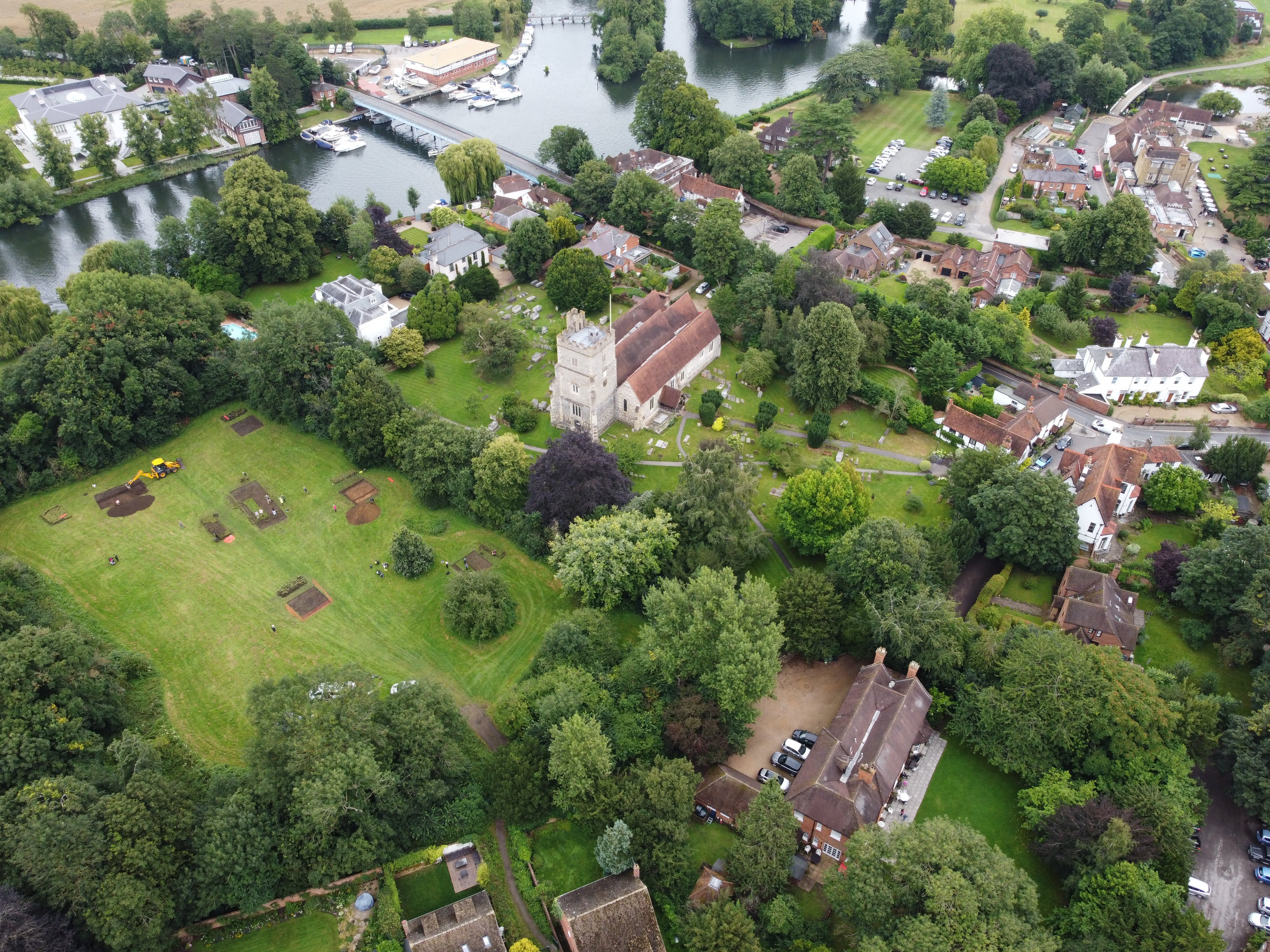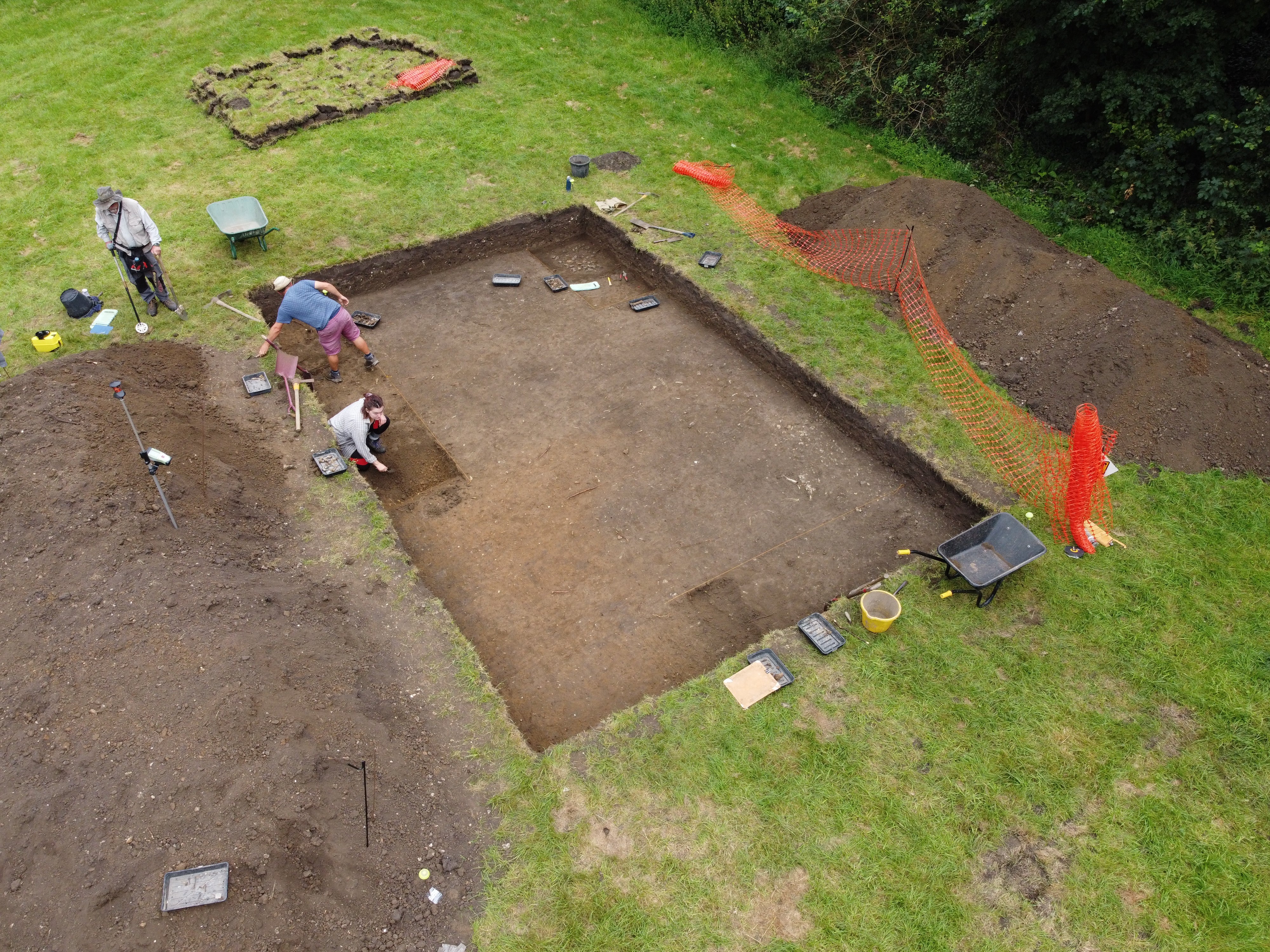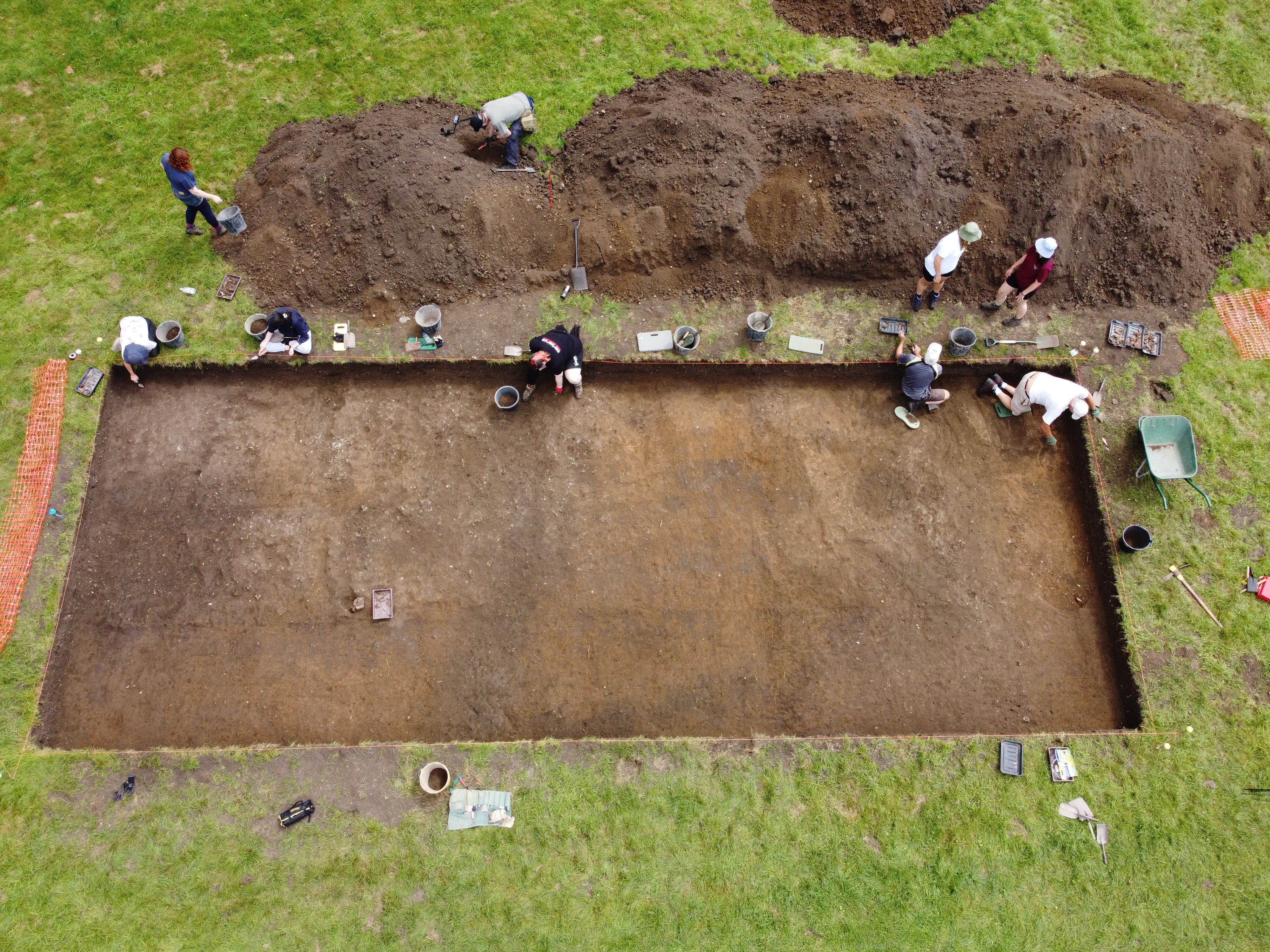Revealed: The ‘lost’ Anglo-Saxon monastery discovered next to Cookham church
Anglo-Saxon power centre with a key role in London’s rise to political dominance uncovered in a Berkshire village

Archaeologists have discovered a long-lost royal site that played a key part in the rise of London as England’s dominant political and economic centre.
Excavations in Berkshire are revealing how Midlands-based Anglo-Saxon rulers used soft power to take control of the Thames Valley in order to help gain access to London.
Near the Thames-side village of Cookham, the archaeologists have discovered the extensive remains of a large monastery established in around 700AD probably by a king of the Midlands-based Anglo-Saxon kingdom of Mercia.
Archaeologists say the discovery is of national importance.
During the first half of the Anglo-Saxon period, England was a highly decentralised land with each major kingdom having a power centre.

But, over time, the growing opportunities for European trade made London an increasingly important place that leading Anglo-Saxon kingdoms gravitated towards and competed to control.
The new archaeological discoveries at Cookham are revealing just how important the newly discovered monastery was – and why, throughout the eighth century, it lay at the heart of a geopolitical struggle between Anglo-Saxon kingdoms for control of the strategically crucial Thames Valley – the gateway to London.
Indeed, Mercia’s aspirations, to exercise control over the Thames (and thus over London), were so crucial that it appointed its former queen, Cynethryth (literally meaning Royal Strength), as the monastery’s boss.

She was one of the most important women in all Anglo-Saxon history – the only woman whose head features on Anglo-Saxon coins. Known as Queen of the Mercians, she had been the wife of Mercia’s most powerful and famous ruler, King Offa.
The excavation is beginning to paint a picture of high-status Anglo-Saxon life at the newly discovered Cookham monastery. Evidence of sumptuous feasting has been unearthed including thousands of bones of cattle, pigs, sheep and chickens. The archaeologists have also found fragments of quern stones for making flour and made of volcanic lava imported from what is now Germany.
The royally ruled riverside monastery was specifically located in order to secure crucial road and river communications.
Cookham – strategically located where the Thames emerges from the Chiltern Hills on to the river’s London flood plain – is thought to have been an important river port and had been since Roman times.
It was also where an important and now long-vanished ancient and medieval road crossed the Thames (the timber remains of the original Roman bridge were found in Victorian times).
The current excavations – directed by archaeologist Dr Gabor Thomas of the University of Reading – have, so far, produced thousands of Anglo-Saxon finds, including iron tools, bronze jewellery, ceramic food vessels, kitchen pots and food debris.
Of particular significance are fragments of Anglo-Saxon window glass, a very delicate woman’s bronze bracelet, part of a bone comb, an iron carpentry axe and womens’ dress pins.

The archaeologists have also discovered the remains of three timber buildings and evidence of metalworking.
Dr Thomas, a leading expert on early medieval archaeology, says: “The site is of national importance. It’s extremely rare to find such a wide range of Anglo-Saxon artefacts and such high-quality preservation.”
It’s likely that the monastery was mainly for nuns (often from noble families) – although the resident priests and most or many of the lay workers would have been men. Its main soft-power purpose would have been to function as a commercial hub and to control trade on the river and across it. Because its leadership would have been ultra-high status (indeed, an ex-queen for part of the time), the monastery would also have functioned as a high-profile Mercian political presence on the strategically vital River Thames.
The discovery of the complex – on what would have been an island surrounded by back-waters and marshland for at least part of the year – sheds new light on the complicated process by which London eventually became the predominant political and economic centre of England, despite the fact that it did so largely under the auspices of kingdoms politically based in the Midlands and in southwest England.
Join our commenting forum
Join thought-provoking conversations, follow other Independent readers and see their replies
0Comments